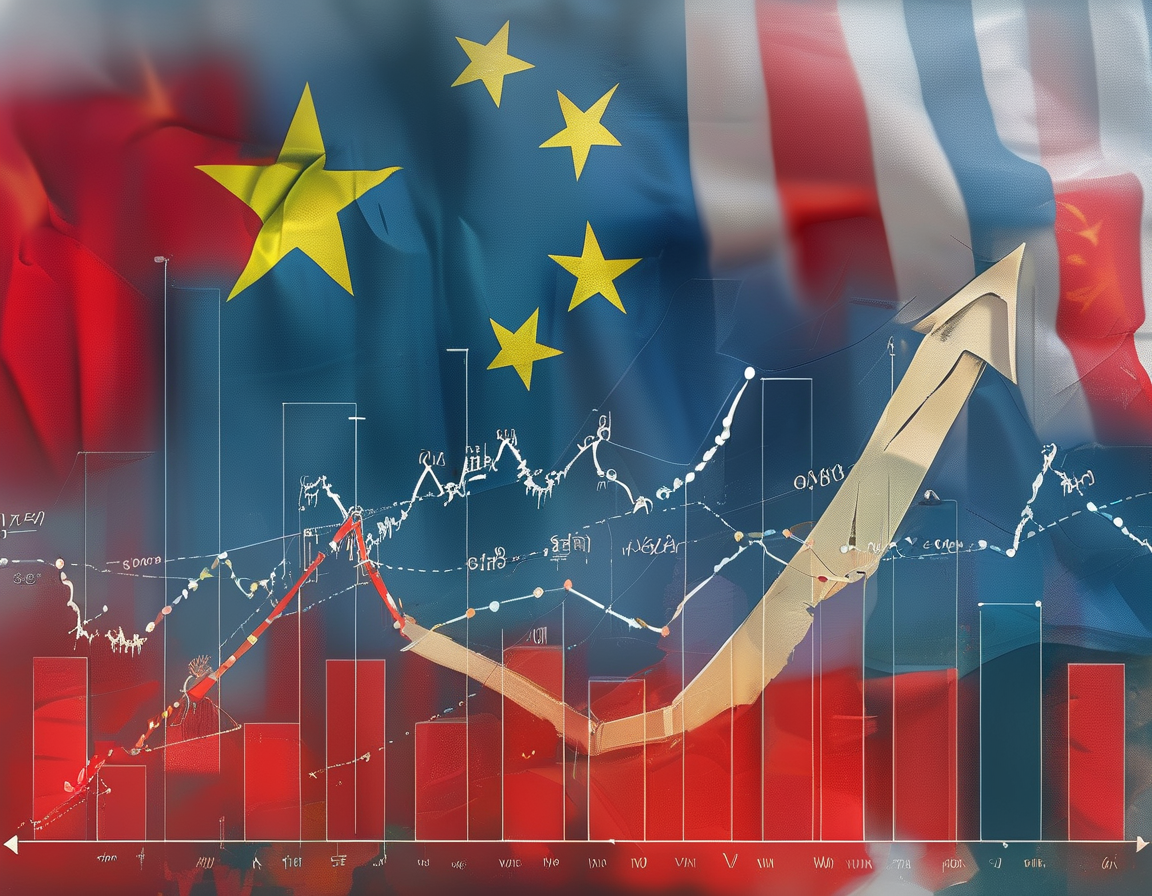
The recent tariff announcement by President Trump has sent shockwaves through Asian markets. Stocks plunged to levels not seen in decades. From Shanghai to Tokyo, investors are feeling the heat of a potential trade war.
Analysts are calling it a “bloodbath.” The Shanghai Composite fell over 8%. In Hong Kong, the Hang Seng index faced an even steeper decline, dropping more than 13%. Japan’s Nikkei 225 closed down by 7.8%. At this point, it’s hard to ignore the severity of the situation.
But what does this mean for the everyday individual? Many fear the repercussions will extend beyond the stock market. What happens when tariffs increase the prices of the goods we buy? Will the average consumer bear the burden of this political decision?
As the dust settles, European markets are also feeling the impact, with banks and defense firms among the hardest hit. The ripple effect of U.S. tariffs is undeniable. In many ways, the global economy, especially in Asia, feels particularly vulnerable.
The manufacturing giants, countries like Japan and South Korea, are staring down the barrel of hefty tariffs hovering around 26%. Meanwhile, developing economies like Vietnam may face even greater hurdles with tariffs reaching 46%. These economies are watching their lifelines, their exports, dangle precariously.
But it’s not simply about loss; it’s about survival. How do these nations cope? What measures will they take to protect their economies? The stakes are high, and these questions tug at the fabric of international trade relationships.
According to Qian Wang from Vanguard, “Asia is bearing the brunt of the US tariff hike.” It’s a sentiment echoed by many economists. Higher tariffs may be a new world order, but the repercussions could lead to a long-term strain on economies that immensely rely on exporting to the United States.
The fear of a global recession looms large. Goldman Sachs has raised the probability of a downturn in the U.S. economy to 45%. With many firms adjusting their forecasts, the stakes feel ever more critical. Is it too late to avert a crisis, or are we already in too deep?
Countries such as Vietnam and Bangladesh, which have become reliant on exports, are now braced for impact. Major brands like Nike produce much of their goods in Vietnam, relying heavily on the U.S. market. The threats felt from Washington resonate throughout the corridors of manufacturers globally.
In Bangladesh, where garment exports to the United States account for billions annually, the new tariffs are nothing short of catastrophic. At the heart of this, the question remains: who really suffers? It is the workers, the families, the economies that face the brunt of this upheaval.
As for China, retaliatory measures have already been put in place. The expected back-and-forth of tariffs creates a chaotic atmosphere fueled by uncertainty. Markets across the globe are now intertwined in a vicious cycle of fear and expectation.
In the wake of this turmoil, countless individuals feel the stress. Small businesses, struggling to stay afloat, wonder how they will continue if costs rise. Civilian life risks being disrupted; it’s not just a matter for the big players in the game anymore.
As we watch the markets stumble, we can’t help but wonder: will there be a path back to stability? Will negotiations lead to any sort of resolution, or have we entered a new era of trade wars? It’s crucial for us to remain vigilant.
Looking ahead, markets seem poised for continued volatility. As spring arrives, many are wondering whether rebirth is possible, or whether traders will carry the weight of uncertainty that has long plagued economies around the globe. It’s a complicated mess, but one thing is certain: we can’t ignore the signs. The consequences of tariffs are real, and they affect us all.
Leave a Comment